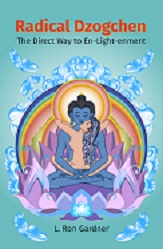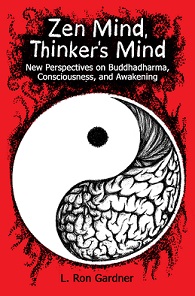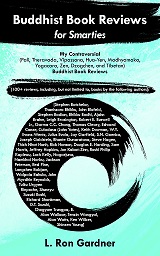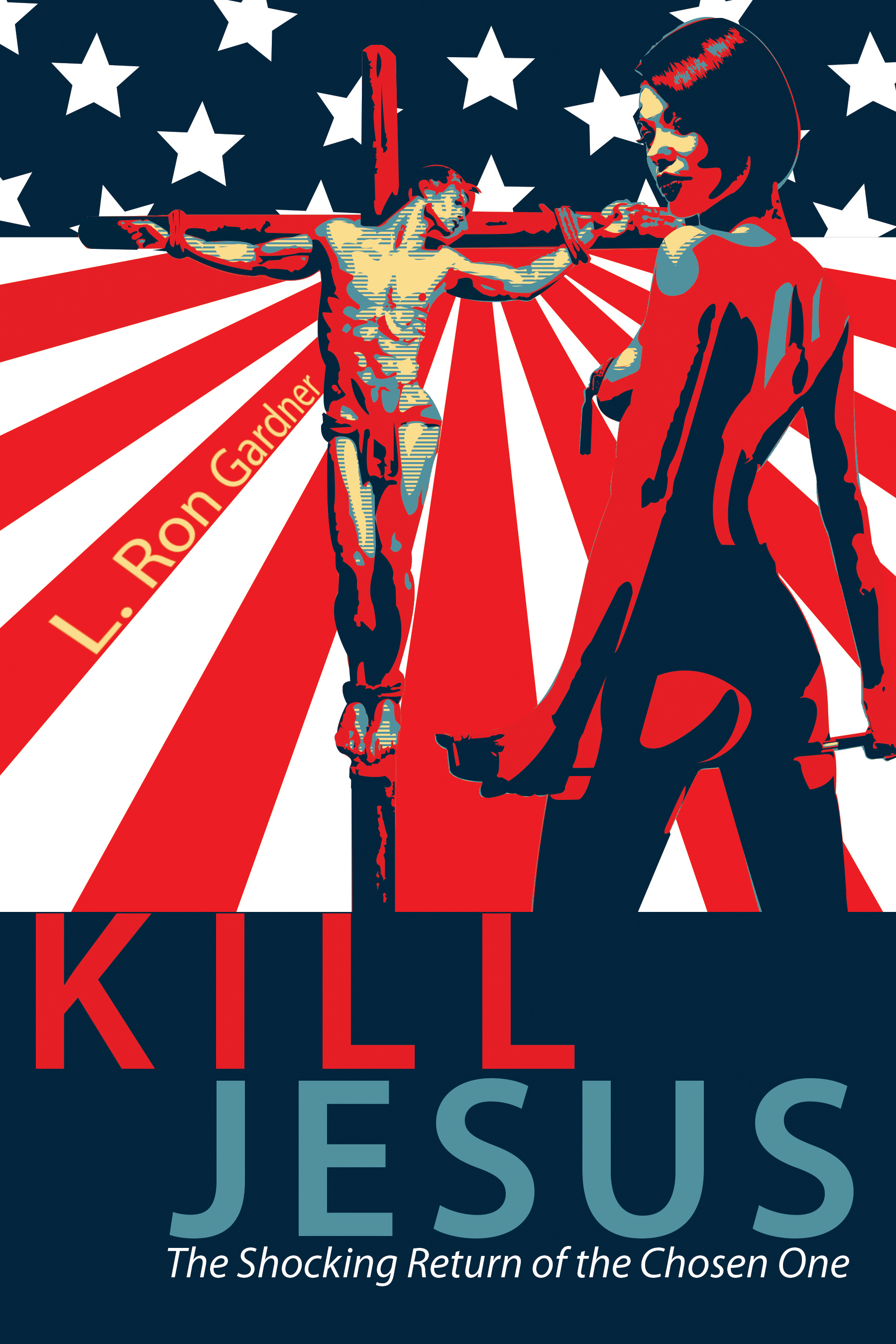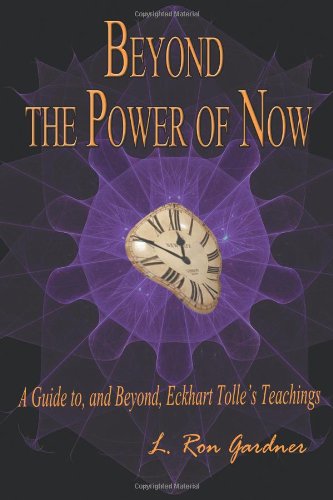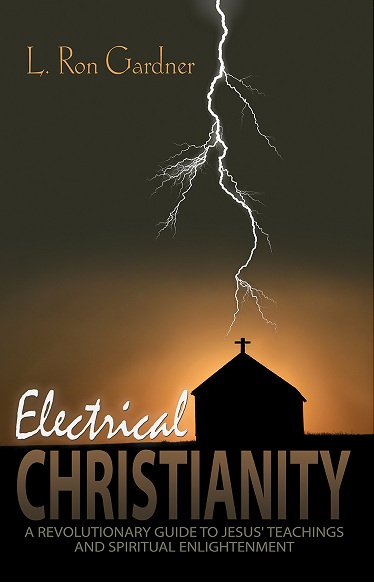The Crystal and the Way of Light (Chogyal Namkhai Norbu)
Worthwhile but Flawed
[My 3-star Amazon Review (NDA) of “The Crystal and the Way of Light: Sutra Tantra, and Dzogchen†by Chogyal Namkhai Norbu.]
There is not a single living Dzoghen master/teacher who really impresses me – but the best of the bunch, IMO, is Namkhai Norbu. I wasn’t looking to read another book by Norbu; I’d already read four (see my five-star review of “The Cycle of Day and Night†and four-star review of “The Supreme Sourceâ€), but when I recently read Jackson Peterson’s “The Natural Bliss of Liberation†(see my two-star Amazon review), which conflates the term “kundalini†with the Tibetan term “thigle†(which means “bindu, sphere, bead, drop, essence, sphere of light, spherical drop, spot, dot, droplet, seed-essenceâ€) I was intrigued: I had not encountered this conflation before. I Googled “thigle and kundalini,†and sure enough I was led to excerpts from “The Crystal and the Way of Light†– and so I purchased the book.
The editor of the book writes that it took four years to complete the project of putting this book together and that he continually revised the manuscript before it took its present form. But despite all this effort, the book is just a disorganized jumble of talks intermixed with charts, plates and appendixes – and there are still plenty of sloppy grammatical errors.
Before I get further into the negatives of this book, I’ll talk about its positives. It provides some interesting diagrams and charts detailing the constituent principles of the various groups and divisions of Dzogchen teachings. For example, there are three series of Dzogchen teachings – Semde (Mind), Longde (Space), and Mennagde (Special or Secret Instruction) – and the four “yogas†that enable one to enter into contemplation in each series. I’m very familiar with the three series, but the further breakdown of each of the series into four “yogas†was new to me.
Norbu provides some provocative material correlating the Hindu tantric descriptions of subtle-body anatomy (chakras, nadis, pranas, etc.) with the Tibetan. And he makes some statements that I found interesting (but don’t necessarily agree with). For example, as earlier stated, he conflates “kundalini†and “thigle,†and tells us that this energy is more concentrated in the chakras. But as is typical with Norbu, the depth of his descriptions and analysis leaves much to be desired. For instance, any description of kundalini, in a Dzogchen context, that doesn’t explain its relation to the Sambhogakaya, the Blissing/Blessing Light-Energy Body, is incomplete and lacking – and Norbu’s doesn’t explain this interrelation.
Norbu discourses on the three energies -- Dang, Rolpa, and Tsal – that supposedly, respectively, correlate with the three Kayas: Dang with the Dharmakaya, Rolpa with the Sambhogakya, and Tsal with the Nirmanakaya. But I don’t buy these correlations. Norbu tells us that Dang energy is limitless and formless, but from my perspective, that describes the Sambhogakaya, which, in contrast to him, I don’t view as a “Wealth Body†of subtle, stepped-down, emanated energies. To my mind, the Sambhogakaya is the unborn, unmanifest, ceaseless Blessing/Blissing Clear-Light-Energy of the Dharmakaya, and as such is always outside of space-time.
I have a real problem with “closed-fist†spiritual teachings, so my face puckered into a frown when I read the following from Norbu regarding Thodgal (Togal), the “highest Dzogchen practice,†which follows/complements Tregchod (Treckho) in the Mennagde, the highest Dzogchen series:
“Continuing beyond Tregchod there is the practice of Thodgal, which means ‘surpassing with the sense that ‘as soon as you’re here, you’re there.’ This practice is genuinely secret, and it is not appropriate to give more than the most basic description of it here. This is not the same as an instruction for practice. Thodgal is found only in the Dzogchen teachings. Through the practice of it one is able carry one’s state of being rapidly to the ultimate goal.â€
According to Norbu (though he doesn’t elaborate beyond this), “through the development of the Four Lights, the Four Visions, of Thodgal arise, and working with the inseparability of vision and emptiness one proceeds until the realization of the Body of Light is attained.â€
I say that Norbu doesn’t fully grokThodgal. “Thodgal†means to “leap over†[to the “Other Sideâ€], which is the Sambhogakaya, the same Light-Energy as the Christian Holy Spirit and Hindu Anugraha Shakti. Upon this direct, immediate connection, which bypasses or supersedes Tregchod (the volitional attempt to “cut through’‘spiritual materialism,’’’ meaning all that obstructs the connection to Spirit, or Sambhogakaya), the mystic merges with and channels this Supernal Influx. The Sambhogakaya is this Body of Light (or Blessing/Blissing Light-Energy).
Over half of this book consists of “magical-mystical†stories narrated by Norbu, and many of them are hard to believe, along the lines of what one finds in Carlos Castaneda’s books about the Brujos/Brujas. But one story is easy to believe, because it illustrates Norbu’s failure to understand Thodgal. Norbu’s master tells him to begin Thodgal practice, and so he does after an amazing dream in which Jigmed Lingpa (the great self-proclaimed reincarnation of Longchen Rabjam), as a young child, meets him in a cave and reads him words about Thodgal.
I say that one cannot just begin practicing Thodgal in the manner described by Norbu. One can only begin to practice it upon Initiation, or Baptism, by the Spirit, or Sambhogakaya, itself.
Norbu describes the Four Visions, of Thodgal thus: “The first of the Four Visions of Thodgal is called the “Vision of Dharmata (or ‘nature of reality’) and the second vision is the further development of the first. The third is the maturation of it, and the fourth is the consummation of existence.â€
I’ve long known that mystical Christianity and Dzogchen are virtual mirrors of each other – and I may be the only spiritual teacher who explicaties the correlations between the two mystical traditions, which I’ll now do so regarding theFour Lights/Visions.
I believe that the First Vision correlates with Baptism, the second with Confirmation, the Third with Sancifying Grace, and the fourth with Divine Union/Beatitude. Each of these Visions†is simply the intensification of the descent of the Holy Spirit, or Sambhogakaya (which the great Buddhist scholar Christmas Humphreys defines as “Divine Powerâ€), until consummating Divine Union, or Supreme Beingness, is realized. “Dharmata†is a synonym for Such-ness/Is-Ness/ Being-ness, and the union of the “vine†of one’s soul (or consciousness) with the “vine†of Spirit, or the Sambhokaya’s Clear-Light-Energy, “produces,†or unveils, Di-vine, or Supreme Beingness, the Dharmata. This is coincident with attaining a Light Body, because the Sambhogakaya is the Light Body (or Dimension).
In some Yogacara schemas, the 7th to 10th stages of the 10 stages of a Bodhisattva’s en-Light-enment are simply the progressive intensification of the descent of the Dharmamegha (the Dharma Cloud). The final full descent of the Dharmamegha (or Sambhogakaya) into the Tathagatagarbha (or Sacred Heart-center), yields Bodhicitta, or “Tathata†(Suchness or Beingness, which is the same Divine “Condition†as the Dharmata. My guess is that the Dzogchen tradition simply “borrowed†the final four stages of a Bodhisattva en-Light-enment, and “mystified†it by “packaging†it as “secret Thodgal teachings.â€
I’ll be developing/elaborating the correlations between the various schools of Buddhism (and Christianity and Hinduism) further when I get around to writing my books on Buddhism and Dzogchen. Until then, there is Namkhai Norbu, probably the best of the current crop of Dzogchen masters/teachers.
[My 3-star Amazon Review (NDA) of “The Crystal and the Way of Light: Sutra Tantra, and Dzogchen†by Chogyal Namkhai Norbu.]
There is not a single living Dzoghen master/teacher who really impresses me – but the best of the bunch, IMO, is Namkhai Norbu. I wasn’t looking to read another book by Norbu; I’d already read four (see my five-star review of “The Cycle of Day and Night†and four-star review of “The Supreme Sourceâ€), but when I recently read Jackson Peterson’s “The Natural Bliss of Liberation†(see my two-star Amazon review), which conflates the term “kundalini†with the Tibetan term “thigle†(which means “bindu, sphere, bead, drop, essence, sphere of light, spherical drop, spot, dot, droplet, seed-essenceâ€) I was intrigued: I had not encountered this conflation before. I Googled “thigle and kundalini,†and sure enough I was led to excerpts from “The Crystal and the Way of Light†– and so I purchased the book.
The editor of the book writes that it took four years to complete the project of putting this book together and that he continually revised the manuscript before it took its present form. But despite all this effort, the book is just a disorganized jumble of talks intermixed with charts, plates and appendixes – and there are still plenty of sloppy grammatical errors.
Before I get further into the negatives of this book, I’ll talk about its positives. It provides some interesting diagrams and charts detailing the constituent principles of the various groups and divisions of Dzogchen teachings. For example, there are three series of Dzogchen teachings – Semde (Mind), Longde (Space), and Mennagde (Special or Secret Instruction) – and the four “yogas†that enable one to enter into contemplation in each series. I’m very familiar with the three series, but the further breakdown of each of the series into four “yogas†was new to me.
Norbu provides some provocative material correlating the Hindu tantric descriptions of subtle-body anatomy (chakras, nadis, pranas, etc.) with the Tibetan. And he makes some statements that I found interesting (but don’t necessarily agree with). For example, as earlier stated, he conflates “kundalini†and “thigle,†and tells us that this energy is more concentrated in the chakras. But as is typical with Norbu, the depth of his descriptions and analysis leaves much to be desired. For instance, any description of kundalini, in a Dzogchen context, that doesn’t explain its relation to the Sambhogakaya, the Blissing/Blessing Light-Energy Body, is incomplete and lacking – and Norbu’s doesn’t explain this interrelation.
Norbu discourses on the three energies -- Dang, Rolpa, and Tsal – that supposedly, respectively, correlate with the three Kayas: Dang with the Dharmakaya, Rolpa with the Sambhogakya, and Tsal with the Nirmanakaya. But I don’t buy these correlations. Norbu tells us that Dang energy is limitless and formless, but from my perspective, that describes the Sambhogakaya, which, in contrast to him, I don’t view as a “Wealth Body†of subtle, stepped-down, emanated energies. To my mind, the Sambhogakaya is the unborn, unmanifest, ceaseless Blessing/Blissing Clear-Light-Energy of the Dharmakaya, and as such is always outside of space-time.
I have a real problem with “closed-fist†spiritual teachings, so my face puckered into a frown when I read the following from Norbu regarding Thodgal (Togal), the “highest Dzogchen practice,†which follows/complements Tregchod (Treckho) in the Mennagde, the highest Dzogchen series:
“Continuing beyond Tregchod there is the practice of Thodgal, which means ‘surpassing with the sense that ‘as soon as you’re here, you’re there.’ This practice is genuinely secret, and it is not appropriate to give more than the most basic description of it here. This is not the same as an instruction for practice. Thodgal is found only in the Dzogchen teachings. Through the practice of it one is able carry one’s state of being rapidly to the ultimate goal.â€
According to Norbu (though he doesn’t elaborate beyond this), “through the development of the Four Lights, the Four Visions, of Thodgal arise, and working with the inseparability of vision and emptiness one proceeds until the realization of the Body of Light is attained.â€
I say that Norbu doesn’t fully grokThodgal. “Thodgal†means to “leap over†[to the “Other Sideâ€], which is the Sambhogakaya, the same Light-Energy as the Christian Holy Spirit and Hindu Anugraha Shakti. Upon this direct, immediate connection, which bypasses or supersedes Tregchod (the volitional attempt to “cut through’‘spiritual materialism,’’’ meaning all that obstructs the connection to Spirit, or Sambhogakaya), the mystic merges with and channels this Supernal Influx. The Sambhogakaya is this Body of Light (or Blessing/Blissing Light-Energy).
Over half of this book consists of “magical-mystical†stories narrated by Norbu, and many of them are hard to believe, along the lines of what one finds in Carlos Castaneda’s books about the Brujos/Brujas. But one story is easy to believe, because it illustrates Norbu’s failure to understand Thodgal. Norbu’s master tells him to begin Thodgal practice, and so he does after an amazing dream in which Jigmed Lingpa (the great self-proclaimed reincarnation of Longchen Rabjam), as a young child, meets him in a cave and reads him words about Thodgal.
I say that one cannot just begin practicing Thodgal in the manner described by Norbu. One can only begin to practice it upon Initiation, or Baptism, by the Spirit, or Sambhogakaya, itself.
Norbu describes the Four Visions, of Thodgal thus: “The first of the Four Visions of Thodgal is called the “Vision of Dharmata (or ‘nature of reality’) and the second vision is the further development of the first. The third is the maturation of it, and the fourth is the consummation of existence.â€
I’ve long known that mystical Christianity and Dzogchen are virtual mirrors of each other – and I may be the only spiritual teacher who explicaties the correlations between the two mystical traditions, which I’ll now do so regarding theFour Lights/Visions.
I believe that the First Vision correlates with Baptism, the second with Confirmation, the Third with Sancifying Grace, and the fourth with Divine Union/Beatitude. Each of these Visions†is simply the intensification of the descent of the Holy Spirit, or Sambhogakaya (which the great Buddhist scholar Christmas Humphreys defines as “Divine Powerâ€), until consummating Divine Union, or Supreme Beingness, is realized. “Dharmata†is a synonym for Such-ness/Is-Ness/ Being-ness, and the union of the “vine†of one’s soul (or consciousness) with the “vine†of Spirit, or the Sambhokaya’s Clear-Light-Energy, “produces,†or unveils, Di-vine, or Supreme Beingness, the Dharmata. This is coincident with attaining a Light Body, because the Sambhogakaya is the Light Body (or Dimension).
In some Yogacara schemas, the 7th to 10th stages of the 10 stages of a Bodhisattva’s en-Light-enment are simply the progressive intensification of the descent of the Dharmamegha (the Dharma Cloud). The final full descent of the Dharmamegha (or Sambhogakaya) into the Tathagatagarbha (or Sacred Heart-center), yields Bodhicitta, or “Tathata†(Suchness or Beingness, which is the same Divine “Condition†as the Dharmata. My guess is that the Dzogchen tradition simply “borrowed†the final four stages of a Bodhisattva en-Light-enment, and “mystified†it by “packaging†it as “secret Thodgal teachings.â€
I’ll be developing/elaborating the correlations between the various schools of Buddhism (and Christianity and Hinduism) further when I get around to writing my books on Buddhism and Dzogchen. Until then, there is Namkhai Norbu, probably the best of the current crop of Dzogchen masters/teachers.
